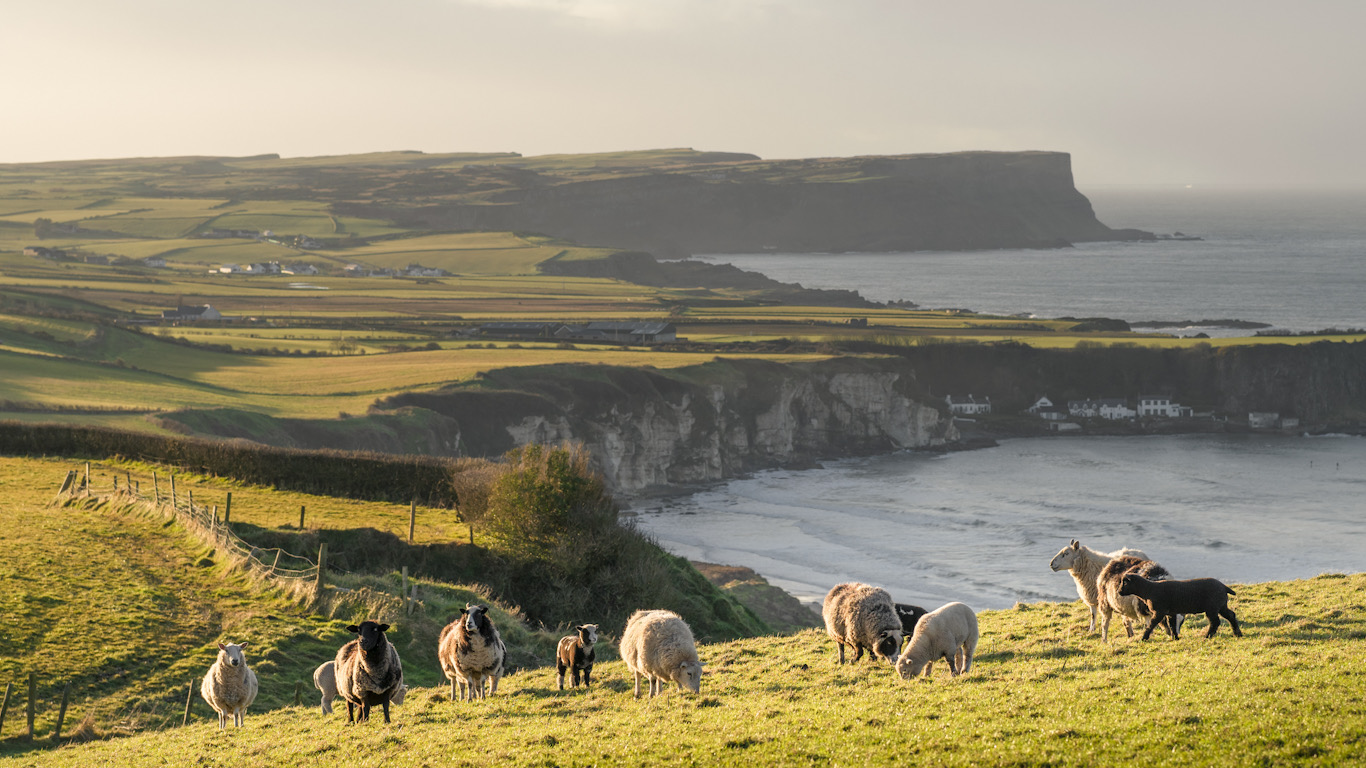Saint Patrick’s Day might have turned into an excuse to eat corned beef and binge drink for Americans, but the Irish saint is much more than that. Myth says the preeminent Irishman was responsible for driving all of the snakes from Ireland, chased demons from the mountains, and even convinced God to spare the Emerald Isle during the apocalypse.
Patrick’s legacy might go hand and hand with Irish pride during March, but the saintly figure wasn’t actually Irish by birth. That’s right, the most famous Irish figure in the world was transplanted to the rolling green hills of Ireland when he was a teenager – after he was captured by pirates.
St. Patrick gets kidnapped by pirates
The boy who would later be known as Saint Patrick was born near the collapse of the Roman Empire, sometime between 370 – 400 AD. The period was marred by turmoil. Germanic tribes long hounded by the Romans were finally strong enough to push back, mostly due to the enormous pressure placed on them by the Mongolian invasion from the North.
While we don’t know precisely where he was born, plenty of English towns claim the saint as their own and even Kilpatrick, Scotland has put a bid in for recognition. One thing is certain; Patrick lived near the sea and was considered Roman by birth. Near the end of his life, Patrick wrote an account of his legacy. The Confession of Saint Patrick is more theological than autobiographical, but it gives some valuable insight into this mythical man.
His father, Calpurnius, was a Tax collector and senator known as a decurion. Both his father and paternal grandfather were Roman deacons and deeply religious – though Patrick admits he was “idle and callow” despite their faith. The family was well off, and Patrick grew up wealthy until he was 16 when he was kidnapped by pirates.
Like many others, Patrick was taken by the Dál Riata, a Gaelic kingdom that spanned between north-east Ireland and the western seaboard of Scotland. The seafaring Dál Riata were brilliant sailors and had a penchant for raiding Roman settlements in Britain. They would steal away the inhabitants in small raids, and then sell them into slavery.
For 6 years Patrick was held in captivity in Ireland alongside “many thousands of people,” whom God “brought fury down on.” He believed that he was being punished for his flippant youth and spent his captive years delving into his spirituality. His master, Milchu, was a druidic high priest, and Patrick learned their traditions as well as several Celtic languages from his master.
He worked as a Shepherd, frequently praying as he tended his flock near present-day Altrim. After 6 years, a divine voice told Patrick to escape to the north. Though he doesn’t elaborate on his escape, he fled his captivity.
How did St. Patrick escape slavery?
Traveling more than 200 miles, Patrick found his way to a port city where he begged the first captain he met for safe passage. The “barbarian” sailors turned him away. He prayed they would “come to faith,” and was rewarded – the sailors sent for him and invited him to sail with them.
After a brief ship ride (presumably back to England) Patrick and his shipmates nearly died of starvation after getting lost in the wilderness for 28 days. The saint yet again prayed for intervention, and God provided them with a feast of boar and berries.His faith and ability to produce miracles weren’t lost on the sailors, they came around to his teachings, becoming his first successful conversions to Christianity.
When Patrick finally made it back to his family’s villa, he was in his early 20s. His many years of spiritual exploration while in captivity pushed him to further his understanding of Christianity. Patrick eventually left his home to study religion in Europe. He spent years traversing the countryside visiting abbeys and churches before finally being ordained as a priest. It took several more years for him to reach the status of Bishop.
It’s unclear when exactly Patrick returned to Ireland, but one of the first stops he made was to his former master. Patrick reimbursed Milchu for his escape, and forgave him for his treatment before setting off across the countryside to become one of the most recognized Saints of all time.












Published: Mar 18, 2024 01:41 pm